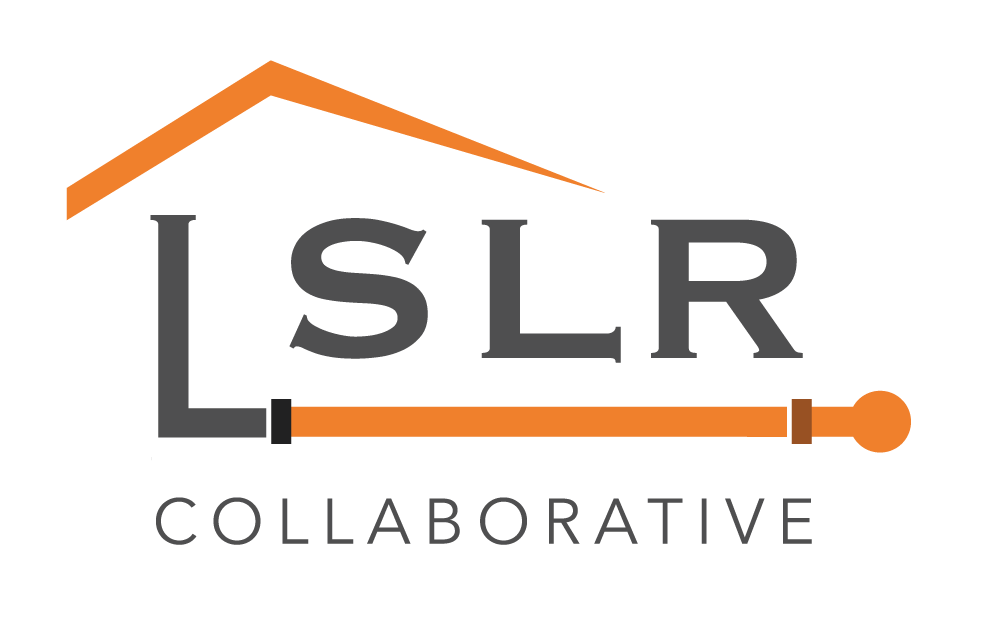Lead water pipes threaten public health. Partial replacements could make it worse.|Opinion5/17/2019
Read the full opinion article on North Jersey.com The crisis in Flint, Mich., made clear the health impacts of lead in drinking water, especially for infants, young children, and fetuses. Now water tests have found lead contamination in homes and schools across New Jersey. While the 1991 federal Lead and Copper Rule, which relies primarily on adjusting water chemistry to minimize the leaching of lead from old pipes into water, works most – but not all – of the time, it has failed to eliminate the biggest underlying source of lead in water: lead service lines. These pipes, made of lead, deliver water to residences and smaller commercial buildings from the main under the street and serve as “lead straws.” There are an estimated 350,000 lead service lines in New Jersey, and until they are replaced, the problem of lead in water will not be resolved. Unfortunately, replacing lead service lines is a complicated undertaking. Typically, they are jointly owned — the utility owns only the section from the water main to the property line, and the remainder, from the property line to the building, belongs to the landowner.
Property owners cannot easily be compelled to pay for replacement of their lines, and some cannot afford to, so the lead pipe on the utility-owned portion is often all that gets changed. Although replacing the utility-owned portion of a lead service line may feel like progress, it is at best a temporary stopgap measure, according to the Lead Service Line Replacement Collaborative. Research shows that partial replacements typically increase lead concentrations, potentially for many months after the procedure, because for a couple of reasons, they increase the leaching of lead. Over the long term, partial replacements provide only limited reductions in water lead levels. Essentially, half a lead service line is still a lead service line. The only permanent, effective solution is full replacement. According to the collaborative, other measures such as filters should be used in the interim. The additional benefits to homeowners of replacing the entire lead service line are many. First, it removes the biggest source of lead contamination in household water. Adjustments to the water chemistry and flushing by the user are typically sufficient to reduce lead levels once the lead pipe is removed. Second, it replaces an old pipe, which might begin to leak or break, with a brand new one. And third, it removes a liability that may reduce the value of the home. Anyone who thinks their home has a lead service line (which were commonly used up until 1940 and not banned until 1986) should take the following steps, and if a lead service line is found, should seek for all of it to be replaced: Work with your drinking water provider. Allow them to come into your home and inspect the service line to see if it is made of lead. It is usually accessed in the basement. If the service line is made of lead, tell your drinking water provider that you want a full replacement, not a partial replacement of just the utility-owned portion. Ask the drinking water provider what kind of financing they can offer you. Many utilities offer ways to reduce the cost, ranging from replacing the privately-owned portion for free to offering a subsidized price of $1,000, or offering a low- or no-interest loan for the full cost. Note that there are special situations where partial replacement of lead service lines cannot be avoided. In that instance, work with your utility to install a filter to manage the possible spike in lead levels and continue to test your drinking water. Of course, it’s not just up to drinking water providers and their customers to resolve the crisis of lead in drinking water. There are important roles for federal, state and local governments to play, including regulations and technical and financial assistance. Best practices that New Jersey should consider include:
To learn more about replacing lead service lines in your home, go to the Lead Service Line Replacement Collaborative or contact your local public health officer. Imagine your favorite infant drinking from a bottle of formula made with lead-contaminated water. Now imagine a future for that child tainted by permanent cognitive impairment and behavioral problems. In New Jersey alone, approximately 4,700 children under age 6 have elevated blood lead levels, and an outsize portion of them are low-income children and children of color who already face disadvantage. While the state is making a larger effort to protect children from all sources of lead, including lead-based paint as well as lead-tainted water, if we want every child in New Jersey to reach their full potential, we need to solve the lead service line problem now. Chris Sturm is managing director for policy and water at New Jersey Future, a nonpartisan nonprofit organization that promotes policies and practices for sustainable growth and development in New Jersey. Comments are closed.
|
Have a suggestion for an article or blog to add?
Let us know! Type
All
Date
April 2023
|


 RSS Feed
RSS Feed